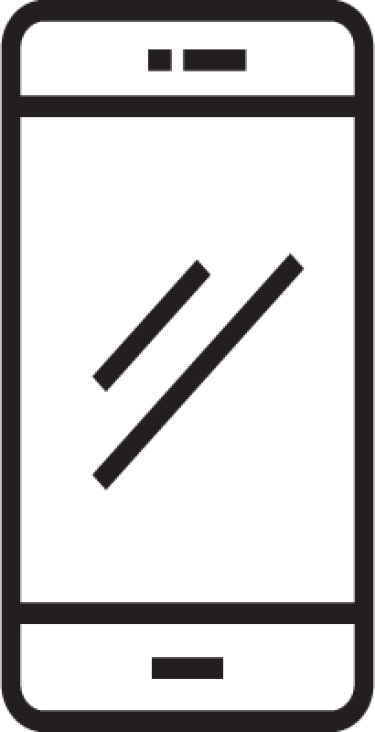Trending: Fall 2019
When Phaedra Pezzullo moved to Boulder, the city was circulating a new Climate Action Plan. While it sounded ambitious, it lacked an essential element.
“It was bold and high tech and grounded in climate science, which thrives in Boulder, but when you turned the page in the plan to community engagement, it was an iStock photo of generic diverse people with no plan proposed for actual engagement with residents of Boulder,” she says.
Pezzullo, an associate professor of communication who studies environmental justice, rhetoric and culture, offered to help the city develop a concrete plan for public engagement.
In 2016, Pezzullo and three campus colleagues formed the Just Transition Collaborative, which engages the public about the transition to a renewable energy economy through public events, trainings, and neighborhood meetings in Boulder and surrounding areas, such as Longmont and Lafayette.
One of the group’s programs, Climate Justice Leaders, brings together people of color, immigrants, youth, elders and low-income groups for a series of workshops to train them and to amplify their voices.
Angela M. Ortiz, a Colombia native, joined the program to learn more about policymaking in sustainability and equity. Since completing the program, she’s explored opportunities to join a board or commission in the city of Boulder, according to the group’s 2019 annual report.
The group also trains policymakers to communicate findings and recommendations using a model grounded in social justice, cultural competency and regional specificity.
This is the best way, Pezzullo says, to spark people’s passions and engage them in work that can lead to meaningful change.
Traditionally, climate scientists have communicated using an information deficit model, attributing public skepticism to a lack of education and information, Pezzullo says. In trying to convince the public that climate change is a real threat and that solutions exist to address it, they’ve relied mostly on peer-reviewed papers and reports.
“That has not moved the political needle or changed the culture enough,” she says, adding that because this approach tends to make climate change seem overwhelming or abstract, people don’t treat it with the same urgency as paying bills or caring for their families.
The group, whose partnership Boulder Mayor Suzanne Jones affirmed during a congressional field hearing in August, hopes their work can shape a just transition locally and on a national scale.
“Communities are already coming up with inventive ways to use less because they have less,” Pezzulo says. “So how can we learn from them about how to have a low carbon footprint and a joyous life in a way that’s not just all about sacrifice—in a way that understands what the good life means from a different cultural perspective.”

#GameOfPhones
By Stephanie Cook (MJour'18)

45%
of people very often
or always use a digital device
while watching TV
HBO’s Game of Thrones made history in its final season when fans tweeted about the third episode in record numbers.
With nearly 8 million tweets, the milestone highlighted a shift in how people watch TV. According to a 2019 Nielsen Total Audience Report, 45% of people very often or always use a digital device while watching TV.
Producers capitalize on this trend by offering viewers mobile content to interact with.
“There was a show on Sci-Fi called Defiance that aired in 2013, and that’s the one I really started to notice because they started signaling in the programming that now it’s time to sync up your device,” Associate Professor Rick Stevens says. He and other media scholars call the trend “second screening.”
Apps can cue fans to examine an object in the show’s background, read a translation of an alien language, or learn more about key characters.
“When you talk about a program on the Sci-Fi network or somewhere like that, their audience is smaller than the general audience,” Stevens says, “so what they want are deeply committed fans, and this is one way to get to that.”
Long before the industry caught on to second screening, viewers were interacting in chat rooms and sharing fanfiction.
“The history of television has been one, throughout the 20th century, where producers think that they control a text,” Stevens says, “and then are frequently surprised by the level of engagement of certain fan audiences.”
This relationship can cut both ways, Stevens says. For instance, after the final season of Game of Thrones, fans who were dissatisfied with the outcome took to the internet demanding a rewrite.
“Having devoted fans is great until it’s not,” he says. “Devoted fans also have that expectation, and they have privilege that they feel goes with it, so it is a relationship that has to be constantly negotiated.”

